Germany’s Economic Tightrope Walk: Growth Amidst Contraction and Stagnation
Germany’s economy is navigating a complex landscape, exhibiting both signs of growth and persistent contraction. While recent Purchasing Managers‘ Index (PMI) data offers a glimmer of hope for a rebound, the overall picture reveals a struggle with stagnation, unexpected contractions, and underlying structural challenges.
Key Takeaways
- Germany’s economy unexpectedly contracted by 0.1% in the second quarter of 2024, following a modest 0.2% growth in the first quarter.
- The first-quarter growth was largely driven by exports and manufacturing, partly due to businesses front-loading orders ahead of anticipated US tariffs.
- Despite the first-quarter growth, the German economy’s size is currently smaller than it was two years ago, indicating a prolonged period of stagnation.
- Weak investment, high energy prices, a shortage of skilled labour, and an automotive industry in transition are cited as key domestic challenges.
- The eurozone as a whole experienced stagnation in the fourth quarter of last year, with Germany and France being significant contributors to this downturn.
- Inflation in Germany rose to 2.6% in July, with core inflation remaining sticky at 2.9%, primarily due to strong services inflation and high wage increases.
- Analysts suggest that while a rebound in the second half of the year is possible, it is unlikely to be strong, and Germany remains the eurozone’s growth laggard.
A Mixed Economic Picture
The German economy presented a perplexing performance in the first half of 2024. After a surprising 0.2% growth in the first quarter, which was later revised up to 0.4% due to strong exports and manufacturing, the second quarter saw an unexpected contraction of 0.1%. This downturn was largely attributed to weak investment. The initial first-quarter growth, while positive, was influenced by temporary factors such as mild winter weather and businesses accelerating purchases in anticipation of US tariffs, rather than a sustainable recovery.
Challenges and Headwinds
Germany faces a multitude of challenges hindering robust economic growth. These include:
- Weak Investment: A significant factor in the second-quarter contraction.
- Global Economic Slowdown: Decelerating economies in the US and China, coupled with new trade tensions, limit the potential for export-driven recovery.
- Domestic Issues: High energy prices, a persistent shortage of skilled labour, and the automotive industry’s ongoing transition to electric mobility are significant internal hurdles.
- Inflationary Pressures: Inflation rose to 2.6% in July, with core inflation remaining stubbornly high at 2.9%, driven by strong services inflation and wage increases. This stickiness in inflation could influence future European Central Bank interest rate decisions.
Eurozone Context
Germany’s economic struggles are set against a backdrop of broader eurozone stagnation. The euro area unexpectedly stagnated in the fourth quarter of last year, with Germany and France, the bloc’s two largest economies, experiencing contractions. This contrasts with more robust growth seen in some other European countries like Spain. The overall eurozone performance has been impacted by lingering inflation from the conflict in Ukraine, low investment levels, and general economic uncertainty.
Outlook and Future Prospects
Despite the current challenges, some analysts suggest a potential, albeit modest, rebound in the second half of the year. Factors such as a potential improvement in industrial order books and the highest real wage increases in over a decade could stimulate domestic demand. However, the consensus remains that Germany will continue to be the eurozone’s growth laggard, caught between cyclical and structural headwinds, making a strong recovery unlikely in the near term.
Sources
- Eurozone unexpectedly stagnates as German, French economies contract, Euractiv.
- German economy contracts unexpectedly in second quarter – DW – 07/30/2024, DW.
- German economy falls back into contraction | snaps, ING Think.
- German Q1 GDP upgraded as orders rush to beat tariffs, Reuters.
- German economy unexpectedly shrinks, inflation ticks higher, Reuters.

